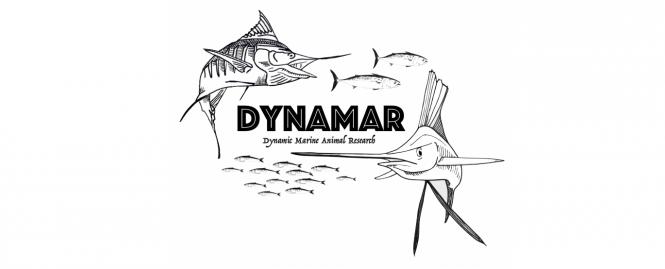Project DynaMAR Update March 2019

Project DynaMAR (Dynamic Marine Animal Research) has officially completed our second tagging trip in Costa Rica. Danielle Haulsee, Will Oestreich and Hannah Blondin spent four days 125 miles offshore of Quepos, Costa Rica in late March searching for blue marlin and sailfish. Fishing effort was concentrated on a fish aggregating device, or FAD, which was anchored to an offshore seamount. The FAD aggregates baitfish like yellowfin and skipjack tuna, which then attract blue marlin and sailfish. Although March and April are considered to be the “slow season” for billfish (especially blue marlin), the team was still able to deploy six satellite tags – two on blue marlin and four on sailfish. To date, we have deployed a total of 20 tags on billfish for the project. While most of the tags have been deployed on sailfish so far, the team expects to deploy several tags on blue marlin during June and July – the height of the blue marlin fishing season in Costa Rica. DynaMAR has already begun planning this third trip to Costa Rica for the summer months.
In addition to deploying satellite tags, the team was also able to utilize our new OpenROV Trident, an underwater ROV with a high definition camera donated to the project by the S.E.E Initiative. From our preliminary ROV deployments, we were able to take a look below the surface of the ocean to survey the composition and size of the baitfish aggregations found near the FAD. We now have a better idea of which species of baitfish might be important for sustaining the billfish populations in this region.
Lastly, we will soon begin a time series analysis on the historical fishing records from a commercial fishing resort on the Osa Peninsula. This time series will allow us to tease apart how fishing records may be related to climate signals or changes in fishing pressure on recreationally important fish species in the region. We are actively engaging with other resorts, charter boat captains, and marinas to acquire historical fishing records from other areas along the Pacific coast of the country to increase the spatial resolution of this time series analysis and build a more complete picture of billfish occurrence changes historically.